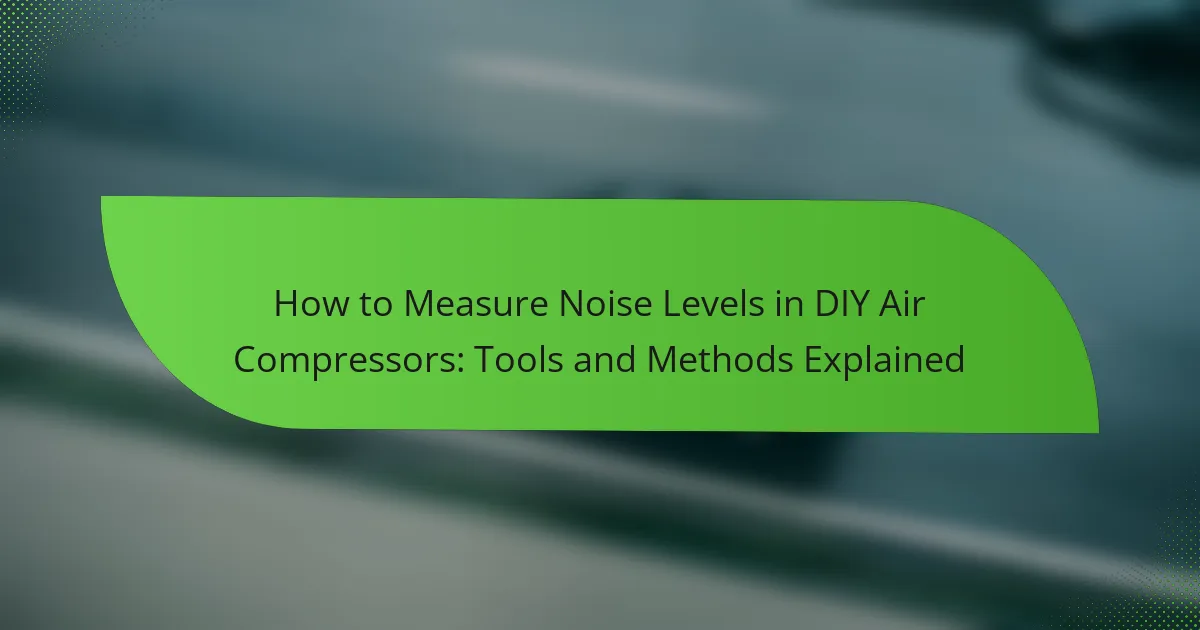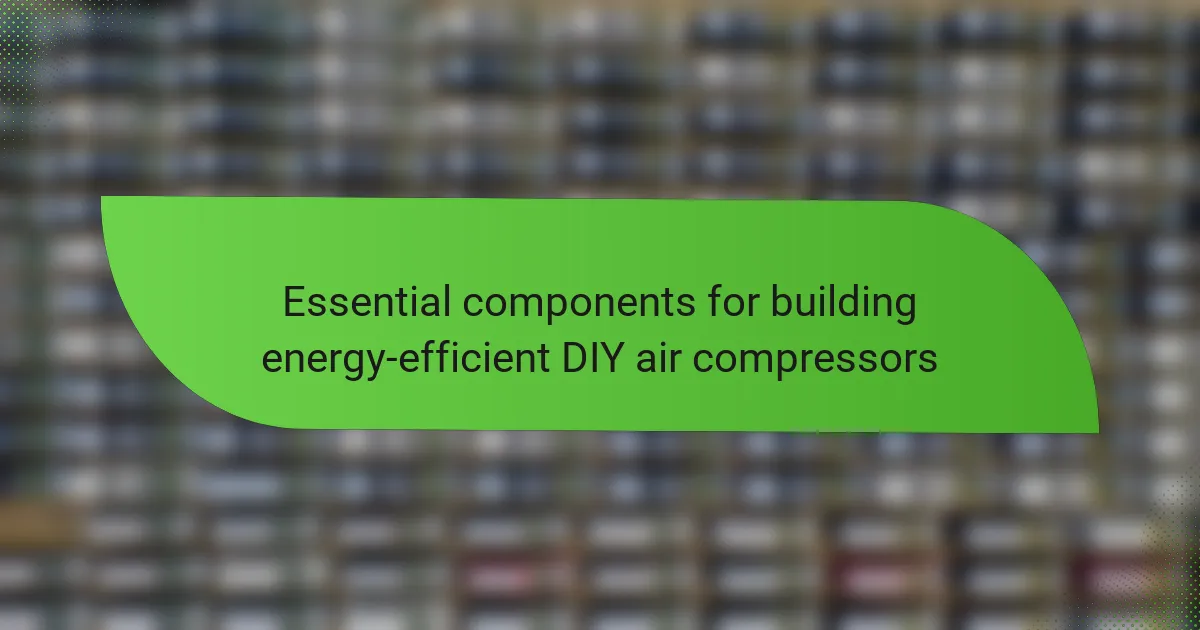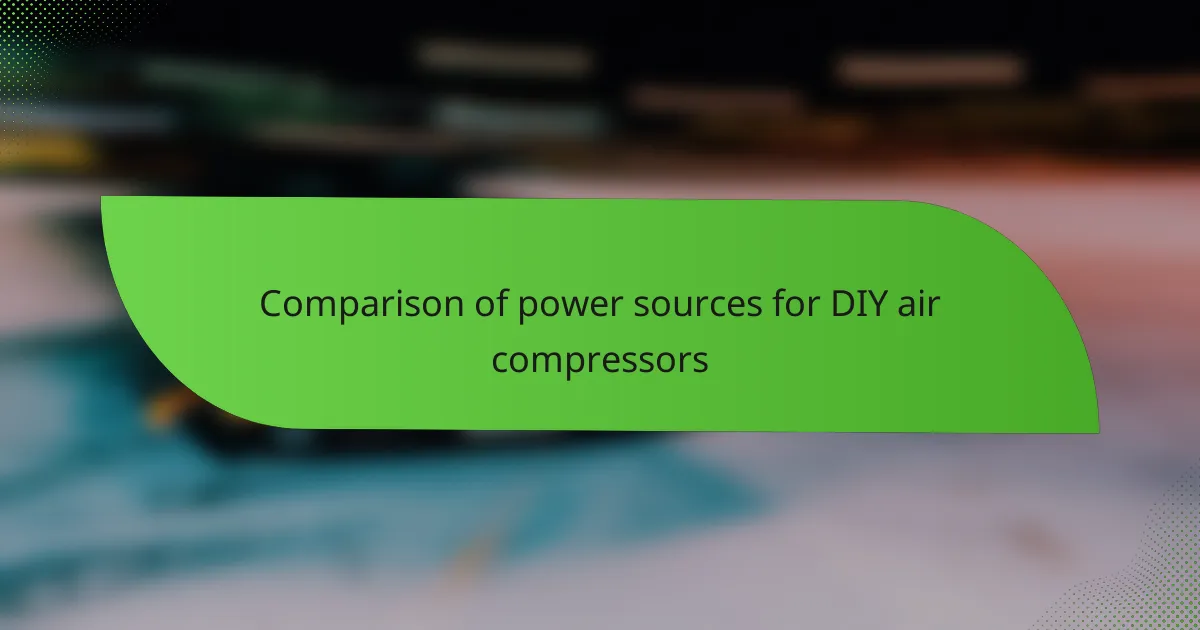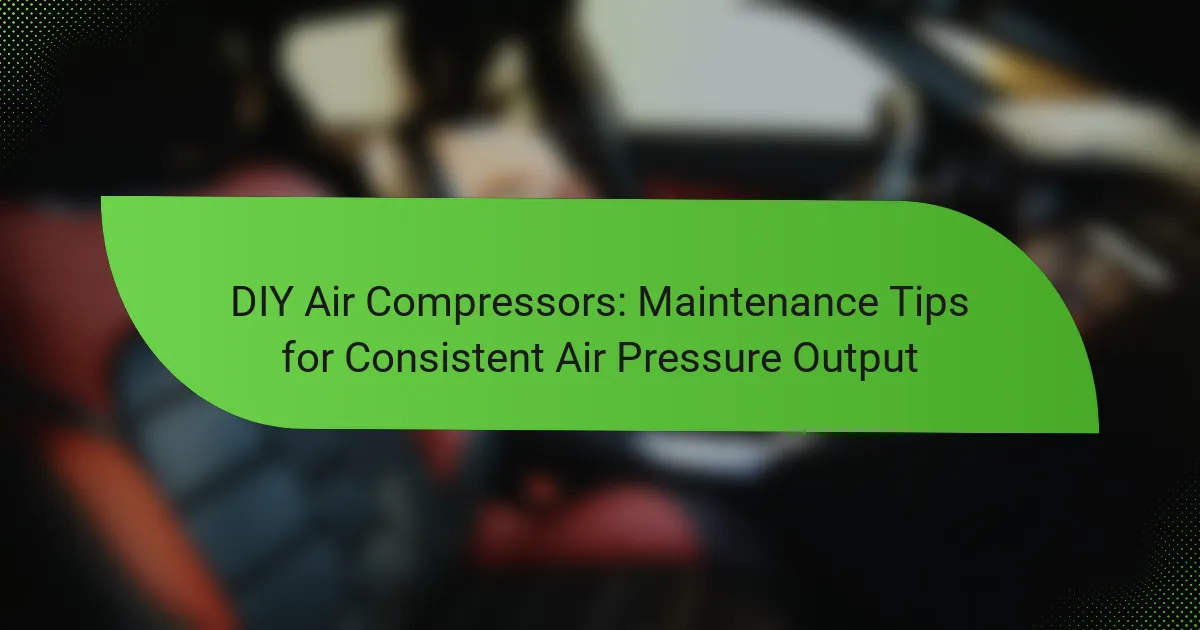
Noise Levels of Portable DIY Air Compressors: Understanding Decibel Ratings and Impact on Home Use
Portable DIY air compressors are commonly used tools that operate at varying noise levels, typically ranging from 60 to 90 decibels. Factors influencing these noise levels include motor size, compressor design, operating pressure, and pump type. Smaller, oil-free models tend to be quieter, while larger compressors can produce more noise. Strategies for minimizing noise include…








